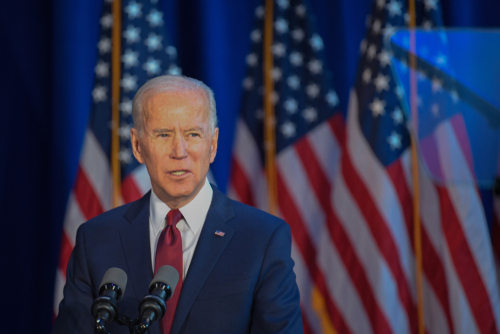In a significant move that promises to reshape the U.S. labor landscape, the Biden administration has proposed a new rule intended to extend overtime pay eligibility to an additional 3.6 million workers. It’s a proposal the marks the most substantial increase in such provisions in recent decades and revives an initiative from the Obama era.
A Revival of the Obama-Era Initiative
The original effort to expand overtime eligibility during Obama’s tenure faced considerable resistance from business leaders and Republicans, and was eventually halted in court. However, with wage stagnation and inflation eroding overtime protections over the years, labor advocates, liberal lawmakers, and business groups have been urging the current administration to revisit and reinforce these protections.
Details of the Proposed Regulation
Unveiled by the Department of Labor (DOL), the proposed rule requires employers to grant pay overtime to salaried individuals in executive, administrative, and professional capacities who earn less than $1059/week weekly or $55,068 annually for full-time roles.
That’s a significant leap from the previous threshold of $35,568 established in 2019. Consider also that the Trump administration had previously raised the threshold from $23,660.
While the rule is still open to public commentary and won’t be implemented immediately, sectors like retail, food, hospitality, and manufacturing are bracing themselves for the most significant changes. Many managerial roles in these industries will now fall under the new salary threshold, making them eligible for overtime pay.
Acting Secretary of Labor, Julie Su, expressed her concerns about the current state of affairs, saying, “I’ve heard from workers again and again about working long hours, for no extra pay, all while earning low salaries that don’t come anywhere close to compensating them for their sacrifices.”
Implications for Salaried Workers
The Fair Labor Standards Act (FLSA) ensures that the majority of U.S. hourly workers receive overtime pay for hours worked beyond the standard 40-hour week. However, salaried workers in specific roles have been exempt from this provision, unless their earnings fall below a set threshold.
According to figures from the Labor Department, the new rule could potentially double the percentage of full-time salaried workers eligible for overtime pay. The Economic Policy Institute, a left-leaning think tank, estimates that while the Trump-era policy covered about 15% of such workers, the proposed rule could extend this coverage to nearly 30%.
The Biden administration’s proposal signals a renewed commitment to ensuring fair compensation for workers, addressing long-standing concerns about wage stagnation and the erosion of overtime protections. As the rule undergoes public scrutiny and commentary, its potential impact on the U.S. workforce remains a topic of keen interest.
Lin Grensing-Pophal is a Contirbuting Editor at HR Daily Advisor.

